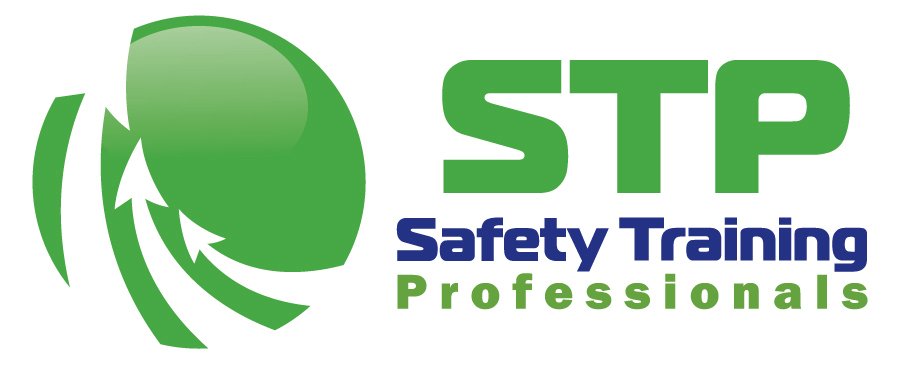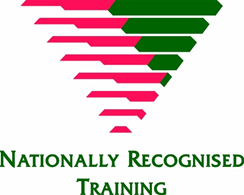- Basic Fire & Gas Test Atmospheres
Basic Fire & Gas Test Atmospheres Training - $250

CTF Funding Information
Check if you are eligible for this funding by visiting the CTF Eligibility Criteria.
To make a claim, pay your invoice in full and lodge through the claims portal CTF Making a Claim.
PUAFER008 Confine Small Emergencies in a Facility
CPPFES2005 Demonstrate First Attack Firefighting Equipment
MSMWHS217 Gas Test Atmospheres
Student Requirements
Students must have the language, literacy, numeracy (LLN) and physical capabilities to meet the performance criteria of this unit. (For further information or if you have any concerns regarding LLN and/or physical capabilities please contact the office)
Participants must have the ability to read and write English and be able to perform practical and theoretical assessment as required.
Students must wear standard work wear, enclosed safety shoes, long shirt and pants.
Course Details
Duration: 6-8 Hours
Delivery Mode: Face to face
Where: Unit 2, 84 Solomon Road, Jandakot WA 6164.
Amenities: Tea, coffee and biscuits are provided. Kitchen facilities are available for those who wish to bring their own lunch. A lunch bar is 100m away.
Group bookings are available at your site or ours. Please contact our office on 08 94178888 or email admin@stp.net.au for pricing and site requirements. Up to 12 participants per group.
This nationally accredited Confine Small Workplace Emergencies (fire extinguisher/basic fire) training course provides participants with the skills and knowledge required to use fire extinguishers, fire hose reels and fire blankets on small workplace emergencies.
This Gas Test Atmospheres training course is nationally accredited and through the combination of theory and practical training, this course provides participants with the necessary knowledge and skills required to safely use and operate single or multi-gas detection instruments.
Pre-Requisites
There are no pre-requisite units for this course.
Designed For
This course is recommended for participants occupying premises equipped with portable fire fighting equipment, e.g. fire extinguishers, fire blankets and fire hose reel.
Upon Completion
Upon successful completion of this course, each participant will receive a nationally recognised Statement of Attainment and wallet sized card for:
PUAFER008 Confine Small Emergencies in a Facility
CPPFES2005 Demonstrate First Attack Firefighting Equipment
MSMWHS217 Gas Test Atmospheres
Course Outline
Basic Fire
Induction and enrolment
What is fire, elements and characteristics, fire tetrahedron, combustion
Classes of fire and methods of extinguishment
Types of fire extinguishers and colour coding
Fire Fighting Agents, e.g. Foam, Water, Dry Chemical Powder, Carbon Dioxide, Wet Chemical
Fire hose reels and fire blankets
Method of operation of portable fire fighting equipment
Identify fire hazards in your workplace
Prepare for workplace fire
House keeping techniques to reduce the risk of fire
First attack fire response procedures
Understand and interpret legislative requirements
Understand the classification of fires
Demonstrate the correct use of portable fire extinguishers to extinguish fires
Correctly use fire hose reels
Follow the correct procedures for the use of fire blankets
Safe working practices
Written and Practical Assessment
Gas Test Atmospheres
Induction and enrolment
Reference documents / legislation
When is gas detection required?
Case studies of unsafe atmospheres
Risk management concepts / risk assessments
Human breathing principles
Toxic & explosive gases – their effects and safe exposure levels
Types of gas detectors
Understanding the role and functions of key components
Bump testing and fresh air calibration
Actions to be taken if an atmosphere is deemed unsafe
Understanding and use of special features of your gas detector
Interpreting warnings, faults, displayed messages
Post use care of the equipment
Practical exercises performed
Assessment of students’ competence


